Code
HCS27377
Weight
327 gm / 0.72 lbs
Size
Height
20cm (8") Width
8cm (3") Depth
8cm (3") Material
Copper
Availability
Available

Safe Payment
We accept Paypal, Money Transfer, Bank Transfer
Confidence
Protection covers your purchase and personal data.
Worldwide Delivery
We ship Worldwide, except Russia.Shipping cost US$25.2 for upto 0.5 kgs

Hotline
Talk to help line for your question on 9841267335Partly Gold plating.
This Buddhist Handmade Tibetan Offering, [partly Gold Plated, Silver Plated] has a Partly gold-plated finish. Partly fire gold gilding, a common practice in Nepali handicrafts. This technique is skillfully employed by artisans to create intricate designs on various metal objects, including statues, jewelry, and decorative items. Through a process, a mask or resist is applied to safeguard specific areas from the gold plating. The object is then subjected to high temperatures, allowing the gold to beautifully adhere to exposed surfaces using a combination of heat and pressure.
In the realm of Buddhist statues, this technique holds additional significance as it distinguishes the golden-plated body from the oxidized or maroon-painted clothing. This visual separation conveys the contrast between the divine purity of the body and the modest attire symbolizing the humble lifestyle of Buddhist monks. The partly fire gold gilding not only adds exquisite detail and elegance but also embodies the deep cultural and spiritual meaning associated with these treasured artifacts. Read More . . .
This Buddhist Handmade Tibetan Offering, [partly Gold Plated, Silver Plated] has a Partly gold-plated finish. Partly fire gold gilding, a common practice in Nepali handicrafts. This technique is skillfully employed by artisans to create intricate designs on various metal objects, including statues, jewelry, and decorative items. Through a process, a mask or resist is applied to safeguard specific areas from the gold plating. The object is then subjected to high temperatures, allowing the gold to beautifully adhere to exposed surfaces using a combination of heat and pressure.
In the realm of Buddhist statues, this technique holds additional significance as it distinguishes the golden-plated body from the oxidized or maroon-painted clothing. This visual separation conveys the contrast between the divine purity of the body and the modest attire symbolizing the humble lifestyle of Buddhist monks. The partly fire gold gilding not only adds exquisite detail and elegance but also embodies the deep cultural and spiritual meaning associated with these treasured artifacts. Read More . . .
Silver Plated
The Buddhist Handmade Tibetan Offering, [partly Gold Plated, Silver Plated] has a full Silver plated finish, Sliver plating process involves the application of a thin layer of genuine silver onto the surface of the Buddhist Handmade Tibetan Offering, [partly Gold Plated, Silver Plated], creating a stunning and lustrous appearance. Skilled artisans handle the silver plating, ensuring even coverage and a flawless finish. The silver plating adds a touch of elegance and sophistication to the Buddhist Handmade Tibetan Offering, [partly Gold Plated, Silver Plated], enhancing its overall aesthetic appeal. Read More . . .
The Buddhist Handmade Tibetan Offering, [partly Gold Plated, Silver Plated] has a full Silver plated finish, Sliver plating process involves the application of a thin layer of genuine silver onto the surface of the Buddhist Handmade Tibetan Offering, [partly Gold Plated, Silver Plated], creating a stunning and lustrous appearance. Skilled artisans handle the silver plating, ensuring even coverage and a flawless finish. The silver plating adds a touch of elegance and sophistication to the Buddhist Handmade Tibetan Offering, [partly Gold Plated, Silver Plated], enhancing its overall aesthetic appeal. Read More . . .
Copper Hammering : About Hammering Art
This Buddhist Handmade Tibetan Offering, [partly Gold Plated, Silver Plated] is made by the hammering process. a masterpiece of Nepali artistry and craftsmanship. Created through the meticulous process of hammering and folding copper sheets, this extraordinary object showcases the unparalleled skill of Nepali craftspersons. Nepal, known for its rich artistic heritage, is home to highly skilled artisans who have perfected the art of metalwork. With great precision and expertise, these craftspersons combine traditional techniques with their creative flair to produce objects of exceptional beauty and spiritual significance. Read More . . .
This Buddhist Handmade Tibetan Offering, [partly Gold Plated, Silver Plated] is made by the hammering process. a masterpiece of Nepali artistry and craftsmanship. Created through the meticulous process of hammering and folding copper sheets, this extraordinary object showcases the unparalleled skill of Nepali craftspersons. Nepal, known for its rich artistic heritage, is home to highly skilled artisans who have perfected the art of metalwork. With great precision and expertise, these craftspersons combine traditional techniques with their creative flair to produce objects of exceptional beauty and spiritual significance. Read More . . .
Brief Introduction :
In Buddhist iconography, various deities and symbols are used to represent different aspects of the Buddha's teachings and different stages of the path to enlightenment. While many of these deities are widely recognized across different Buddhist cultures, the names and specific characteristics of some may be unknown or subject to variation. As such, it can be difficult to accurately identify every deity depicted in Buddhist art.
To ensure that your website provides accurate information about the statues and icons you feature, it may be helpful to describe these deities as "unidentified" rather than assigning them incorrect names or characteristics. It is also important to note that different traditions and cultures may have their own interpretations of Buddhist iconography, so it may be valuable to consult with experts in the field or include a disclaimer on your website regarding the potential for variation in identification and interpretation.
To ensure that your website provides accurate information about the statues and icons you feature, it may be helpful to describe these deities as "unidentified" rather than assigning them incorrect names or characteristics. It is also important to note that different traditions and cultures may have their own interpretations of Buddhist iconography, so it may be valuable to consult with experts in the field or include a disclaimer on your website regarding the potential for variation in identification and interpretation.


![Buddhist Handmade Tibetan Offering, [partly Gold Plated, Silver Plated]](https://handicraftseller.com/uploads/pics/product/thumb/2022/12/27377_2.jpg)
![Buddhist Handmade Tibetan Offering, [partly Gold Plated, Silver Plated]](https://handicraftseller.com/uploads/pics/product/thumb/2022/12/27377_3.jpg)
![Buddhist Handmade Tibetan Offering, [partly Gold Plated, Silver Plated]](https://handicraftseller.com/uploads/pics/product/thumb/2022/12/27377_4.jpg)
![Buddhist Handmade Tibetan Offering, [partly Gold Plated, Silver Plated]](https://handicraftseller.com/uploads/pics/product/thumb/2022/12/27377_5.jpg)
![Buddhist Handmade Tibetan Offering, [partly Gold Plated, Silver Plated]](https://handicraftseller.com/uploads/pics/product/thumb/2022/12/27377_6.jpg)
![Buddhist Handmade Tibetan Offering, [partly Gold Plated, Silver Plated]](https://handicraftseller.com/uploads/pics/product/thumb/2022/12/27377.jpg)
![Buddhist Handmade Tibetan Offering, [partly Gold Plated, Silver Plated]](https://handicraftseller.com/uploads/pics/product/thumb/2022/12/27377_0.jpg)
![Buddhist Handmade Tibetan Offering, [partly Gold Plated, Silver Plated]](https://handicraftseller.com/uploads/pics/product/thumb/2022/12/27377_1.jpg)

 and Water
and Water  and Water
and Water  Pure Copper, Tibetan Buddhist
Pure Copper, Tibetan Buddhist 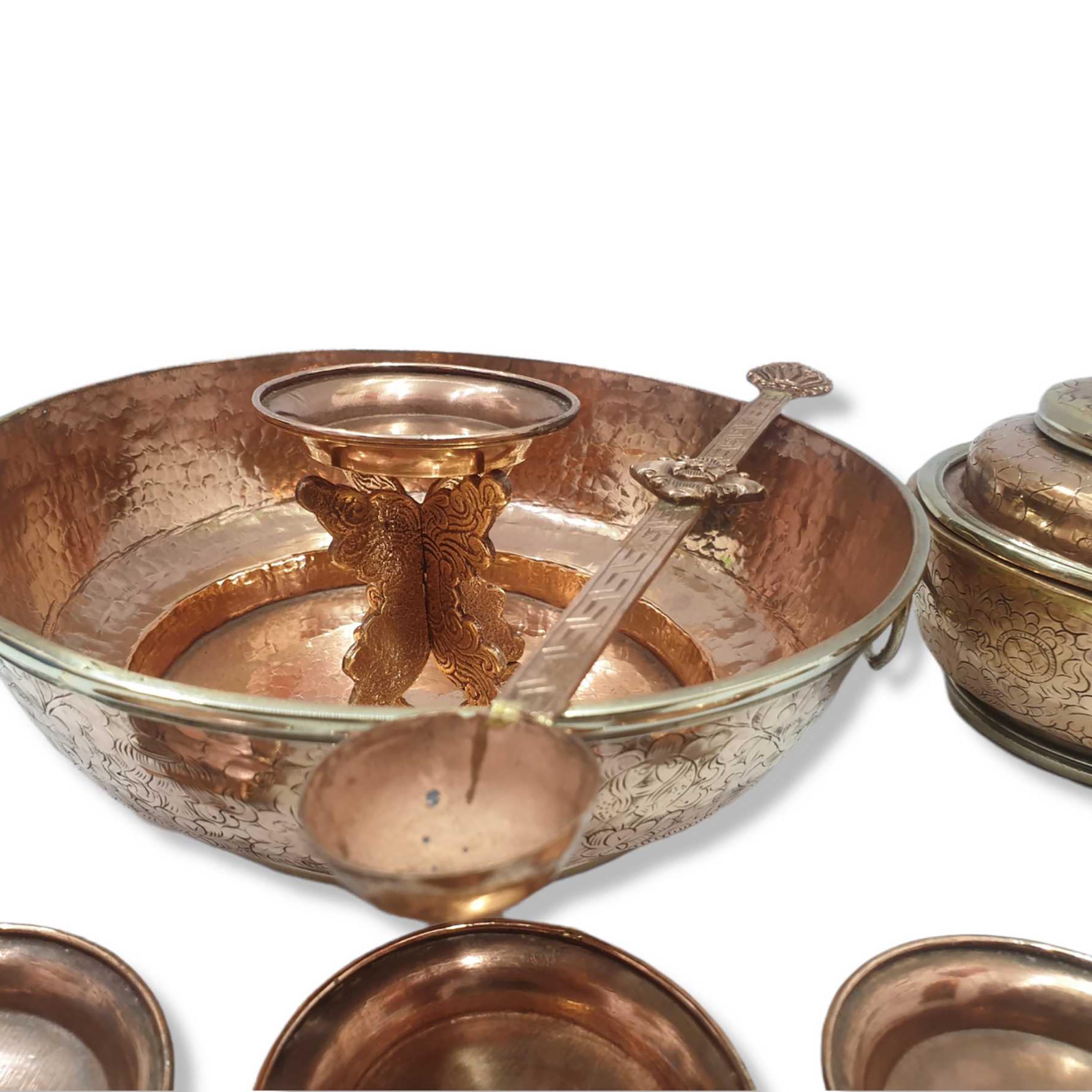 Pure Copper, Tibetan Buddhist
Pure Copper, Tibetan Buddhist  Full Gold Plated,
Full Gold Plated, 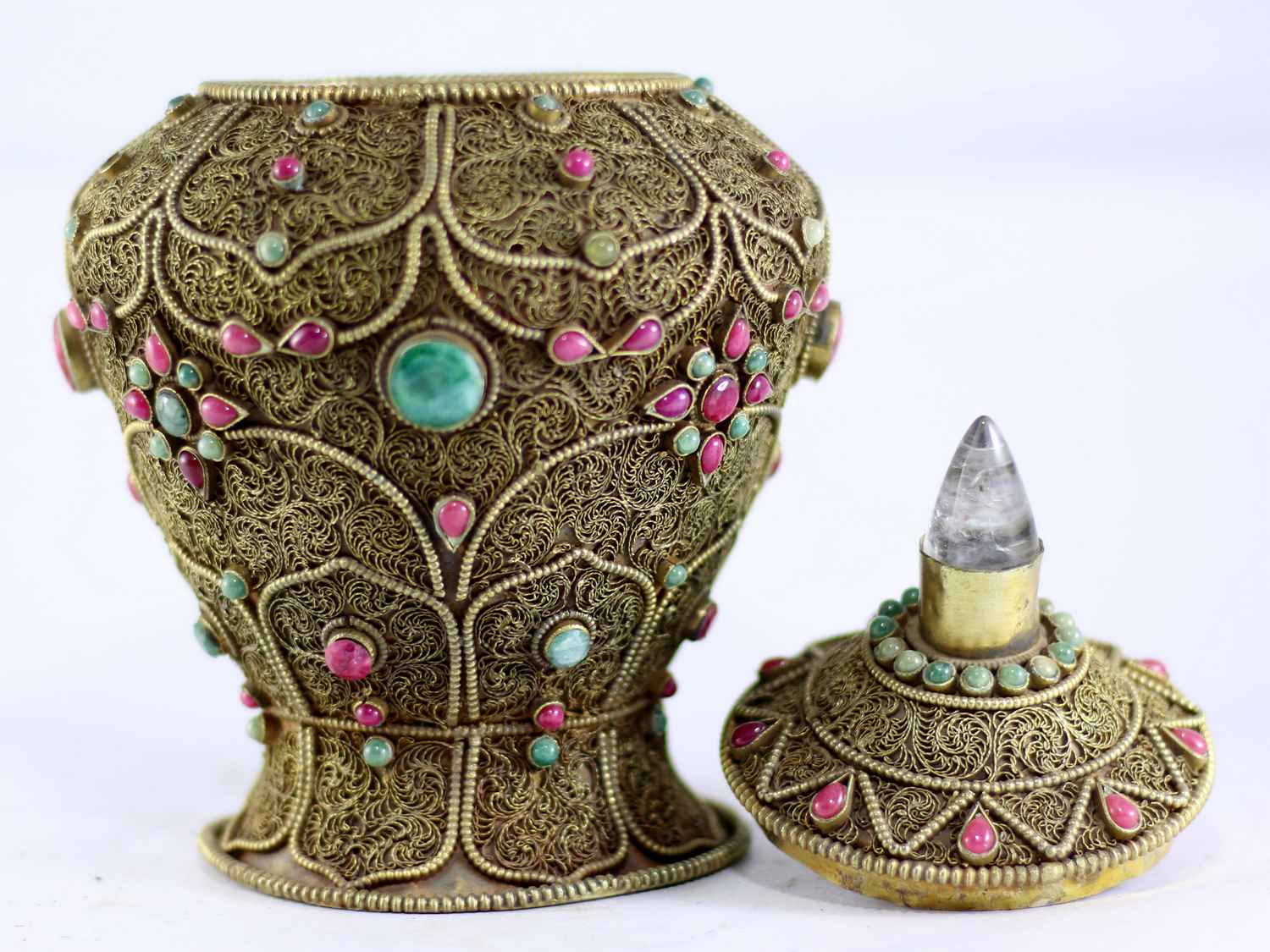 Full Gold Plated,
Full Gold Plated,  offering Rice,
offering Rice, 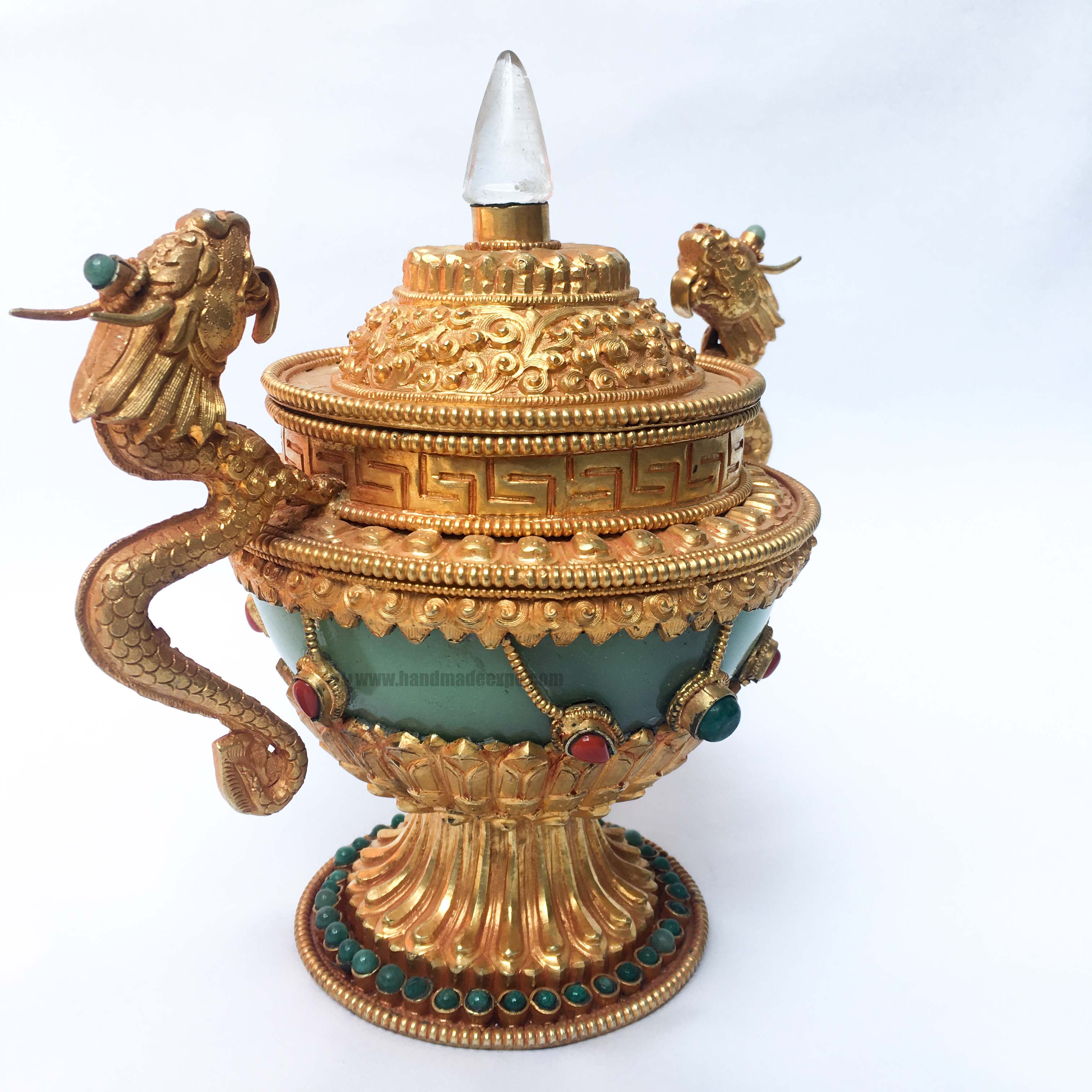 offering Rice,
offering Rice,  and Water
and Water  and Water
and Water  Karuwa, Water
Karuwa, Water 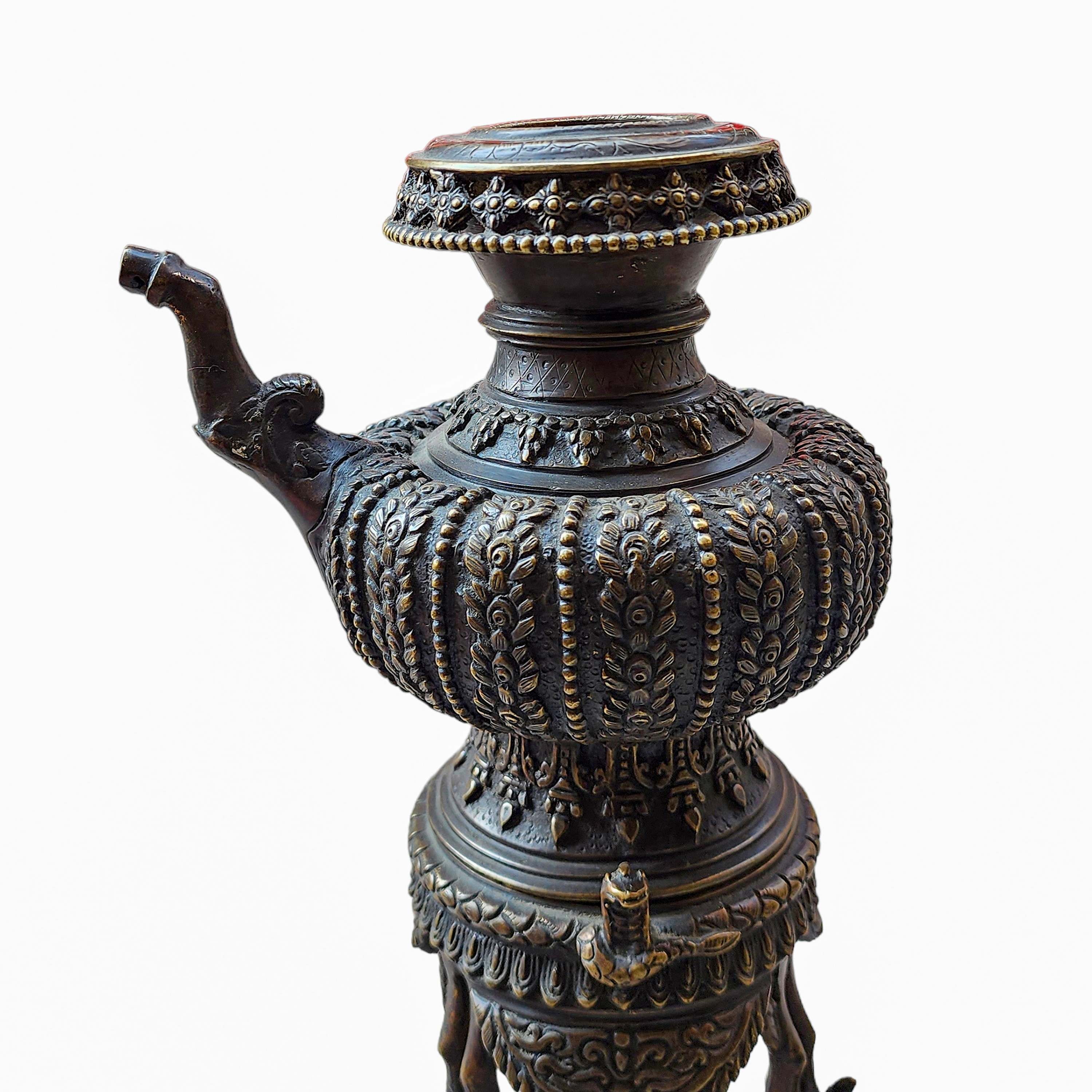 Karuwa, Water
Karuwa, Water  with Resin
with Resin 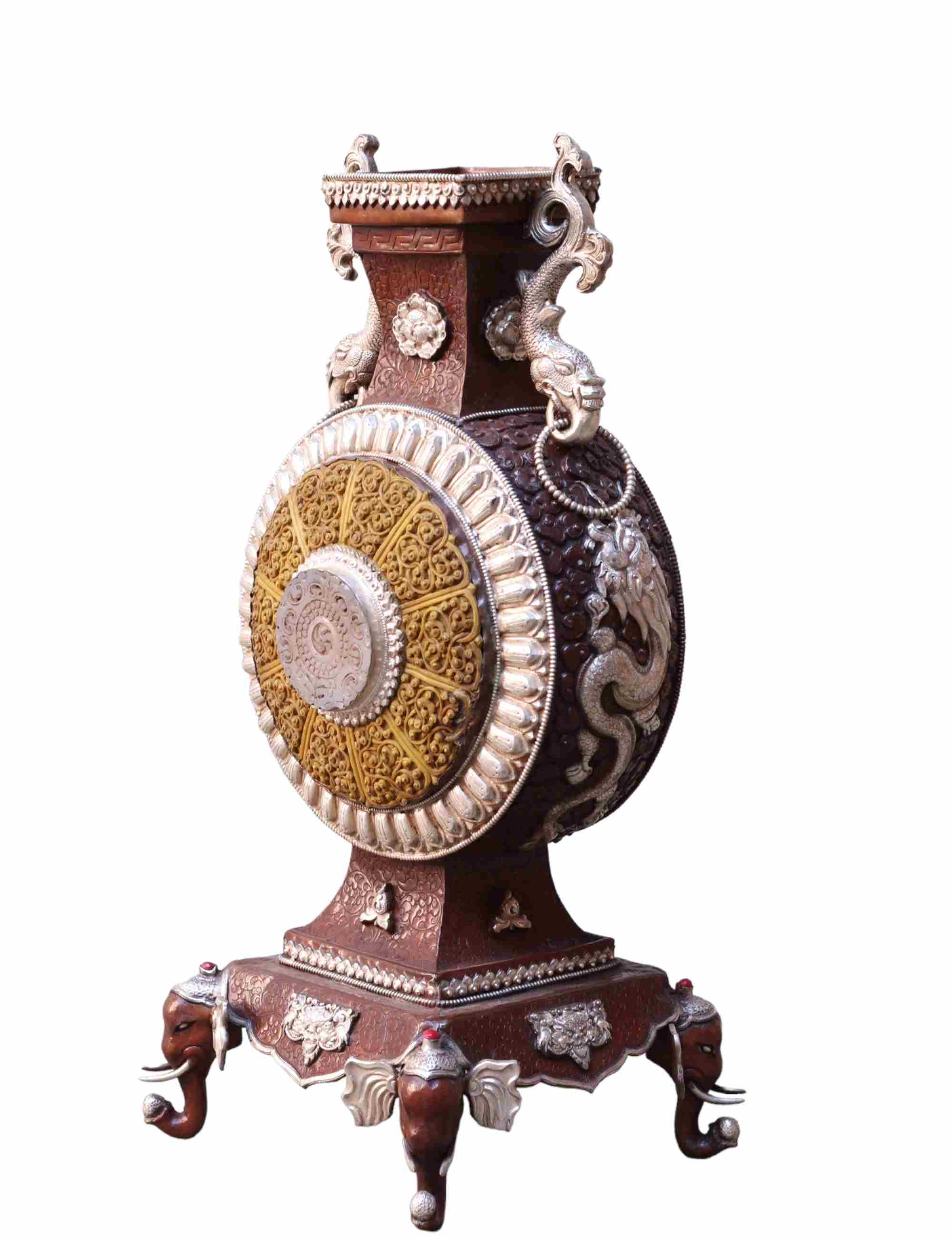 with Resin
with Resin 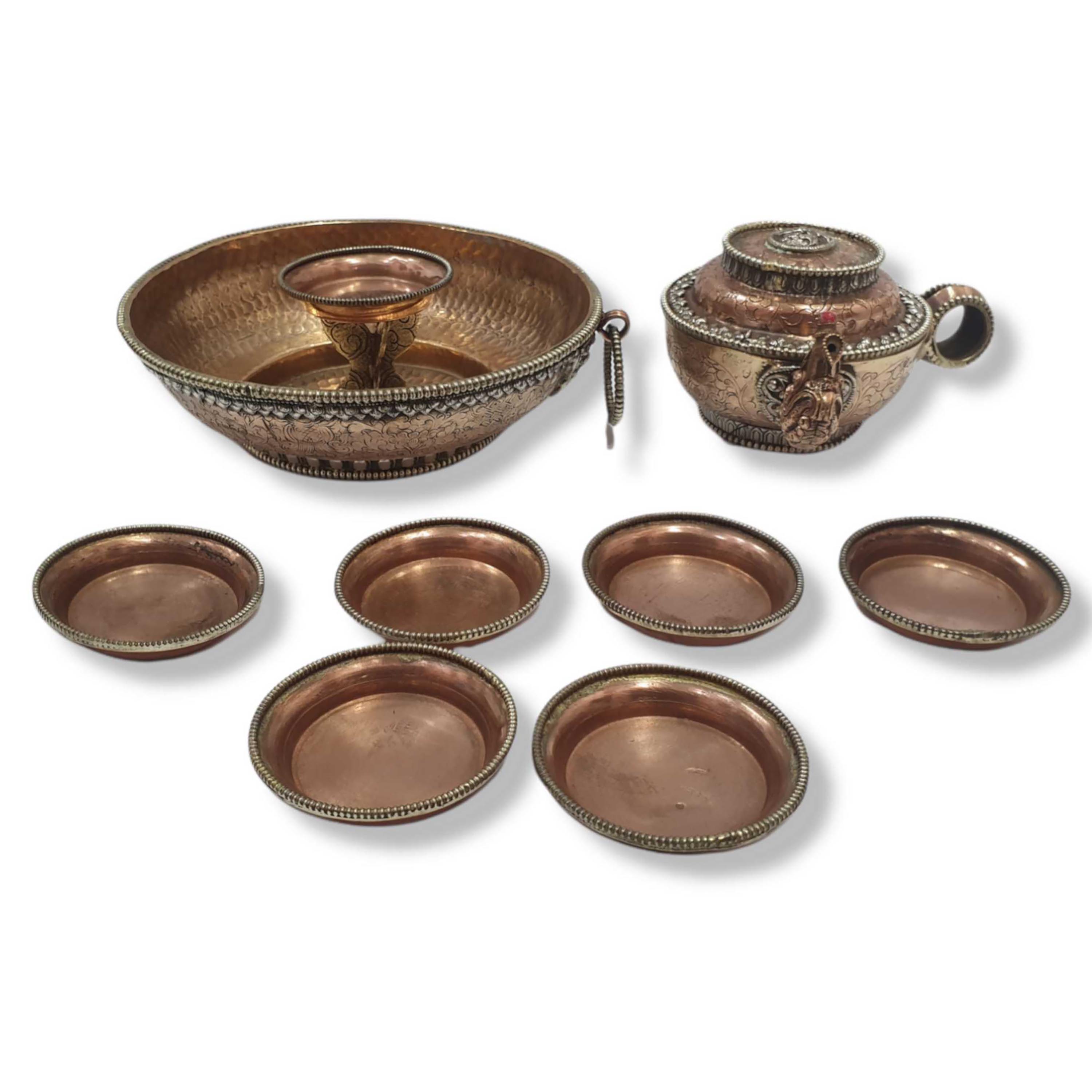 Pure Copper, Tibetan Buddhist
Pure Copper, Tibetan Buddhist 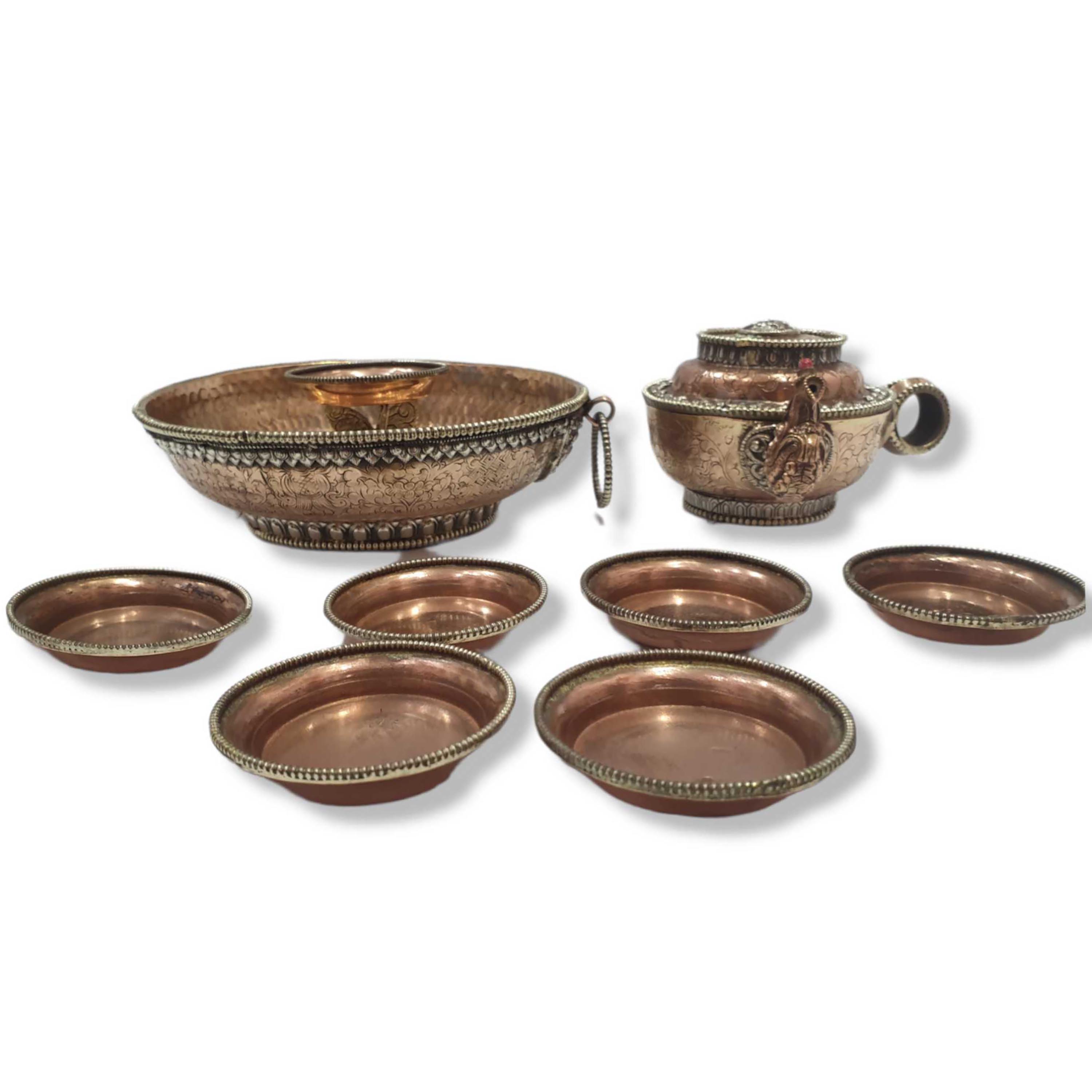 Pure Copper, Tibetan Buddhist
Pure Copper, Tibetan Buddhist 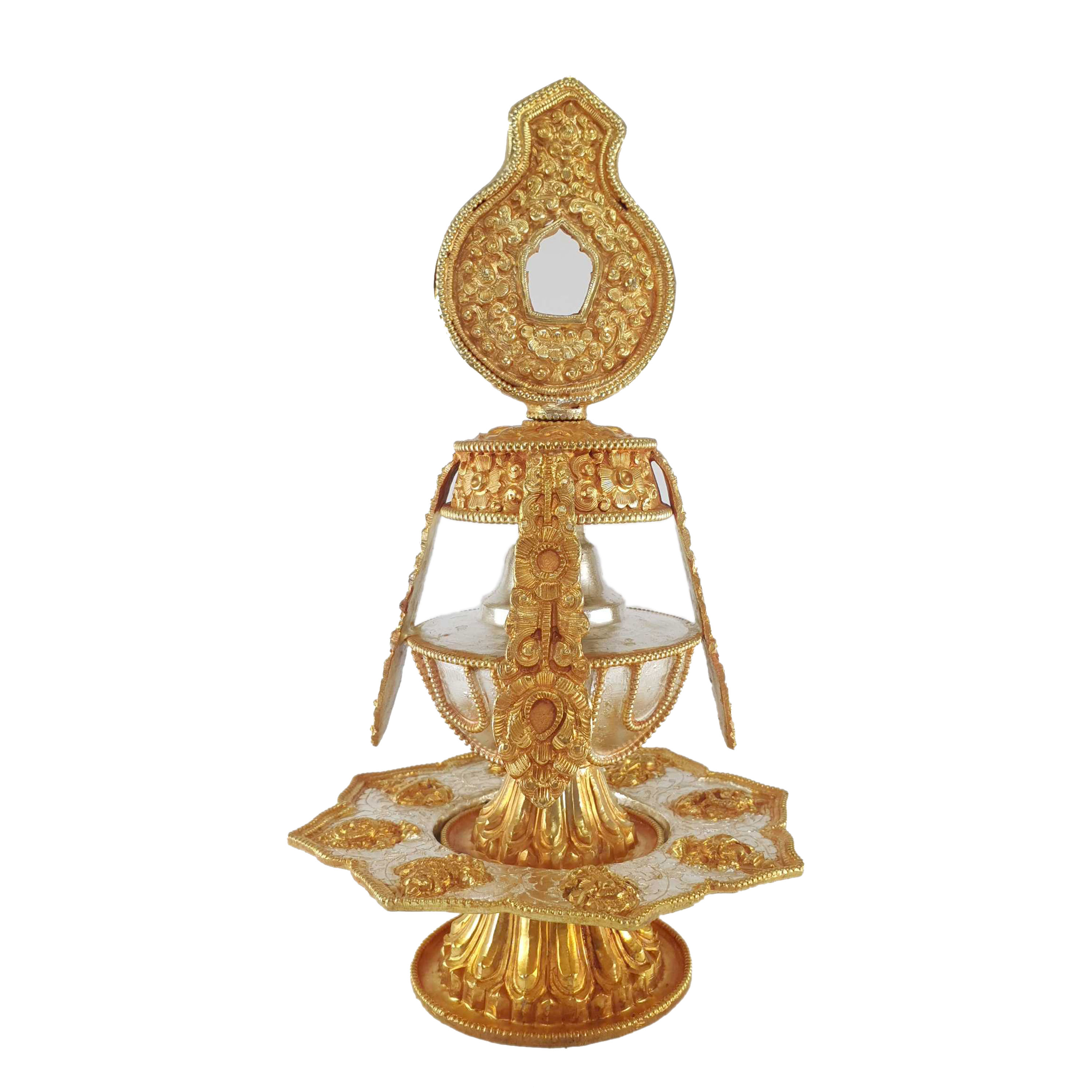 Hq Tsebum : Ritual Long Life Vase For Long Life
Hq Tsebum : Ritual Long Life Vase For Long Life 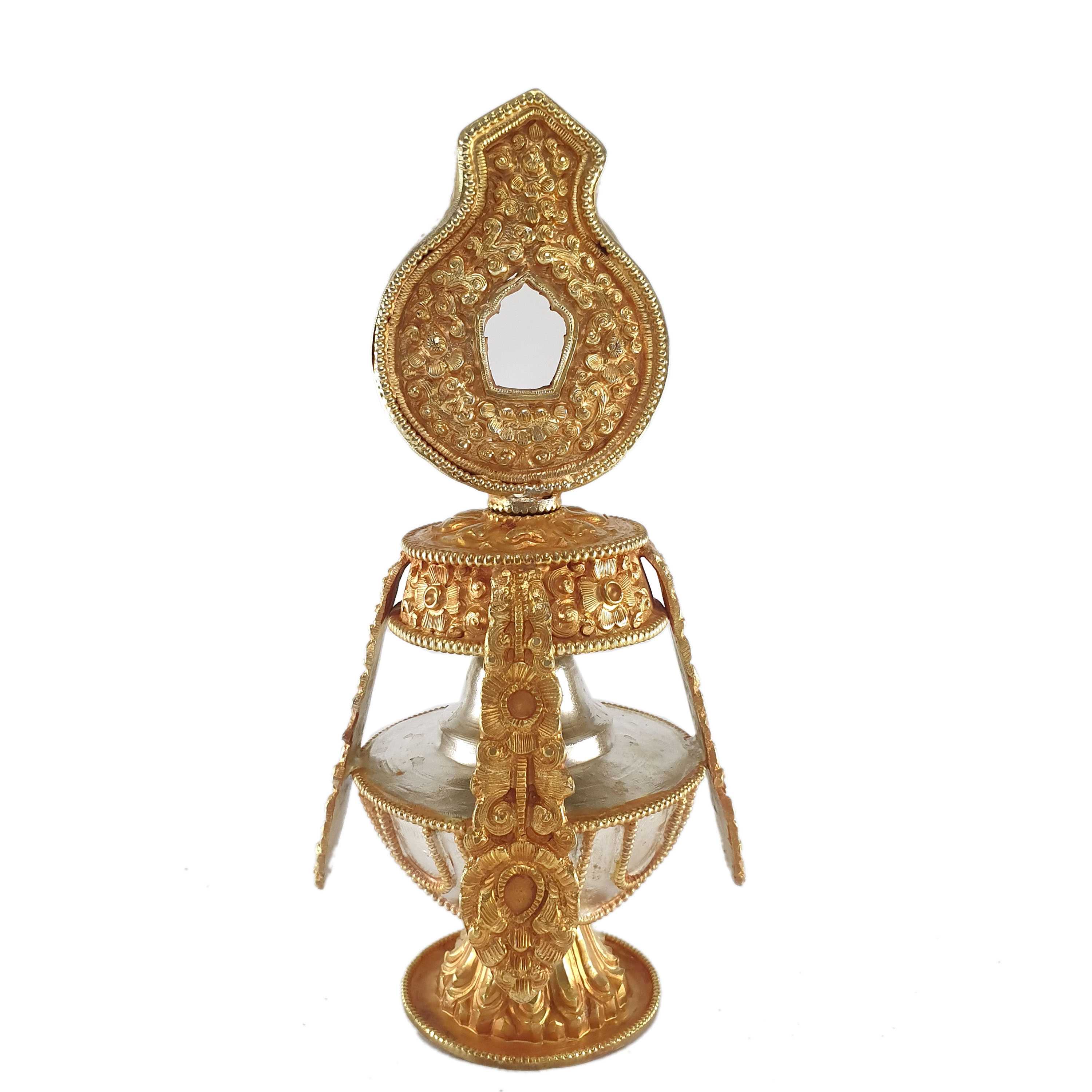 Hq Tsebum : Ritual Long Life Vase For Long Life
Hq Tsebum : Ritual Long Life Vase For Long Life 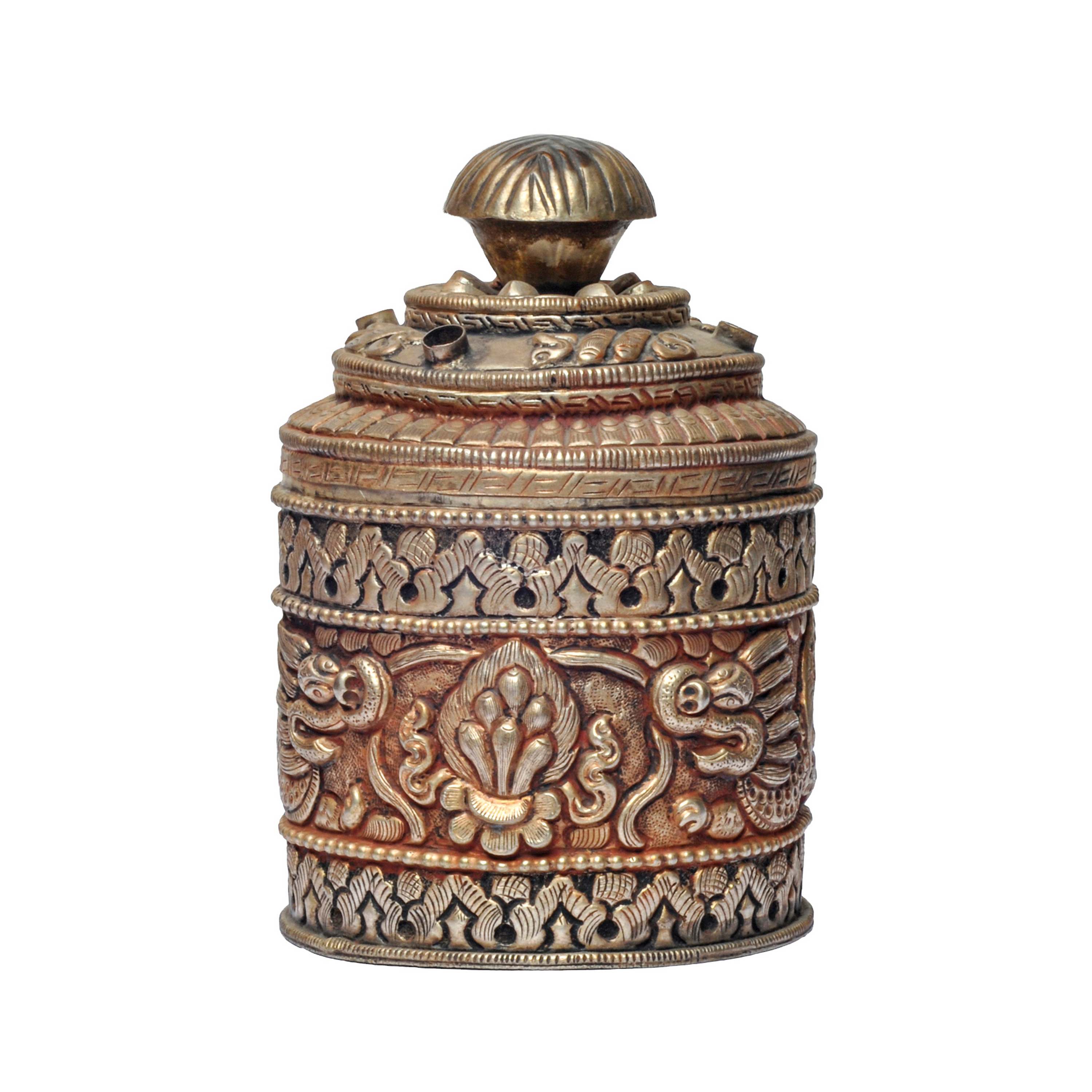 and Water
and Water 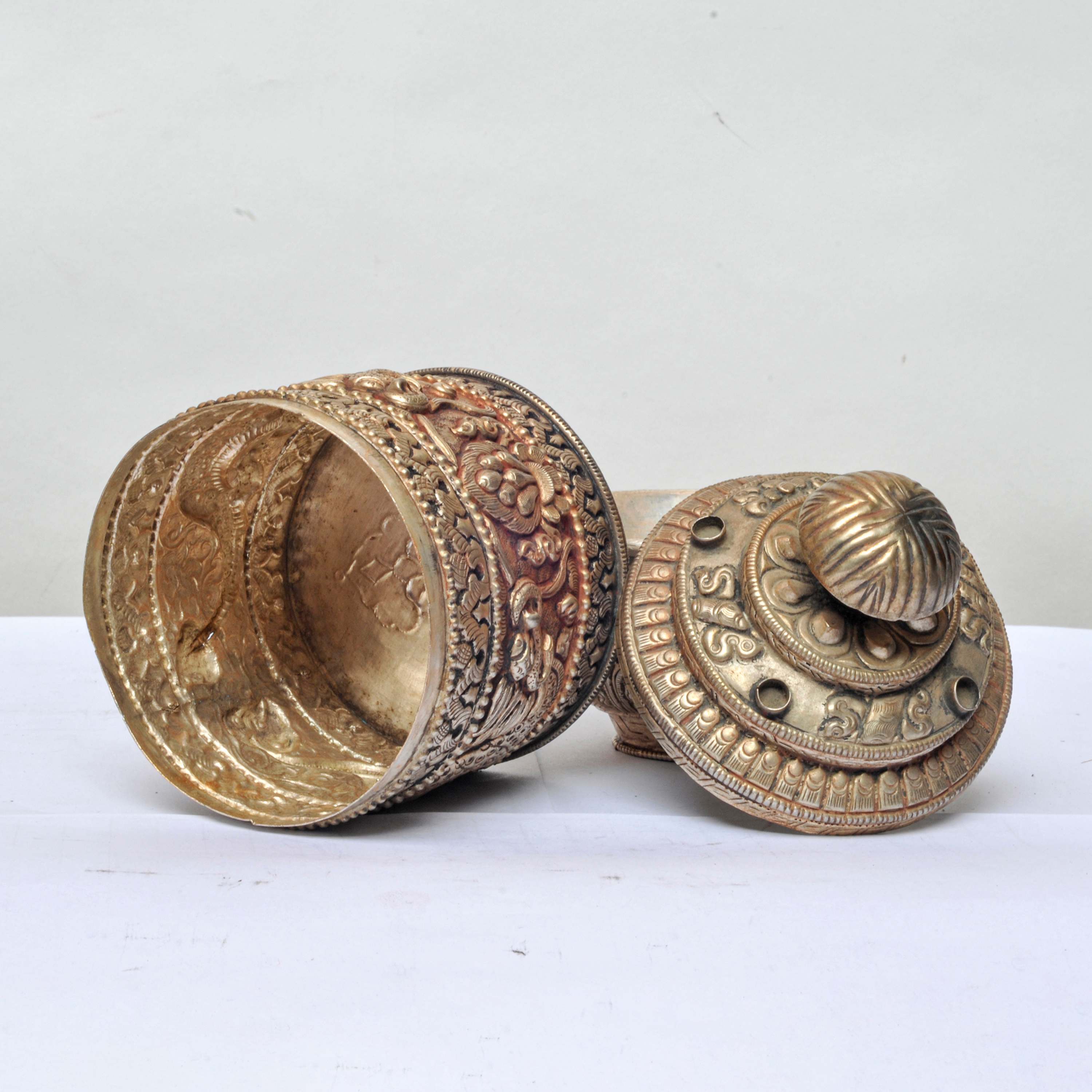 and Water
and Water